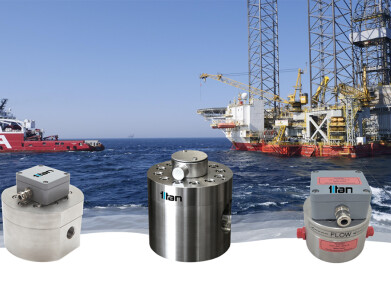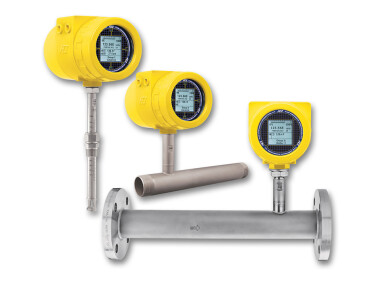Flow level pressure
Can You Predict the Amount of Oil in a Well?
Aug 17 2020
A new oil forecasting technique developed by researchers at Texas A&M University could revolutionise well development strategies and slash costs for shale operators. Quick, simple and cost effective, the analytical procedure uses flow patterns from existing wells in the same drilling field to accurately predict oil and gas reserves.
A new era for fossil fuel recovery
Currently, most shale operators rely on complex 3D reservoir models to predict the amount of oil in a well. While accurate, the simulations are notoriously complicated and can only be conducted by highly trained professionals. They can often take weeks to complete and can ramp up the costs of shale oil production. In comparison, the new framework developed by Texas A&M University is fast and easy to learn, with a similar level of accuracy.
“In the oil and gas industry, professionals use sophisticated reservoir simulators to get a sense of how much hydrocarbons can be recovered from the layers below the Earth's surface. These simulations are very useful but extremely time-consuming and computationally intense," explains Dr. Ruud Weijermars, a professor in the Harold Vance Department of Petroleum Engineering at Texas A&M University. “We can now do the same kind of predictions as these simulations in a spreadsheet environment, which is much faster, saving a lot of time and cost for shale operators, without loss of accuracy.”
Introducing decline curve analysis
Using a process called decline curve analysis, results for single cell flow were then scaled up to calculate the overall flow rate for a new well over a period of several months. When compared to 3D computer modelling predictions, the team found that the decline curve analysis procedure offered similar results.
“These simulations can run from hours to days to weeks, depending upon the number of blocks within a grid," says Weijermars. "So, if the reservoir model has a billion cells, you would have to compute how these billion cells behave and interact to know what the resulting oil flow will be."
Cutting costs without sacrificing accuracy
The findings were published in the journal Energies, with Weijermars explaining how the new analytical procedure eliminates the need for complex 3D models that divide a well into small blocks and factor in parameters such as permeability, seismic features and subterranean geography. Instead, the procedure developed by Weijermars and his team uses physics-based equations to focus on flow within a single existing cell.
“Shale operators need to cut costs tremendously because of low global prices of crude oil. However, they also need to forecast and improve the performance of the new wells that they plan to drill," says Weijermars. “We have tested our spreadsheet-based flow-cell analysis against sophisticated reservoir simulators in a series of studies, and the flow-cell model does a great job. This is good news for shale operators -- our technique helps them cut costs and is also much faster."
In the face of destabilising events such as COVID-19 and BREXIT, maximising profits has never been more important. For more insight into how these events have reshaped the face of the energy industry don’t miss ‘ATEX and IECEx Covid-19 and Brexit.’
Digital Edition
PIN 26.1 Feb/Mar 2025
March 2025
Analytical Instrumentation - Elemental Analysis for Quality and Process Control at Refineries, for Lubricants and Wear Metals in Engine Oils - Synthetic Lubricants: New Developments - Scaling...
View all digital editions
Events
Apr 08 2025 Birmingham, UK
Apr 08 2025 Kielce, Poland
Apr 08 2025 Ravenna, Italy
Apr 08 2025 Southampton, UK
Apr 08 2025 London, UK
.jpg)


















